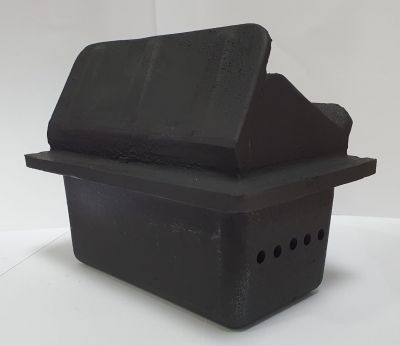
Termosemineu peleti BURNIT COMFORT 4G/13kW – Kruger Heizung – centrale termice, boilere, radiatoare, pufere, panouri solare, aeroterme, dedurizatoare

Termosemineu peleti BURNIT COMFORT 4G/18kW – Pufere.ro – centrale termice, boilere, radiatoare, pufere

Termosemineu peleti BURNIT COMFORT 4G/18kW – Pufere.ro – centrale termice, boilere, radiatoare, pufere

Termosemineu centrala pe peleti Burnit PM Comfort 13 KW Plus, complet echipat pentru incalzire, pompa, vas expansiune, supapa de siguranta, telecomanda, tiraj fortat - eMAG.ro

Termosemineu centrala peleti Burnit Comfort PLUS PM 13 KW, complet echipat pentru incalzire, pompa, vas expansiune, automatizare, telecomanda, buncar tiraj fortat, aprindere automata - eMAG.ro















